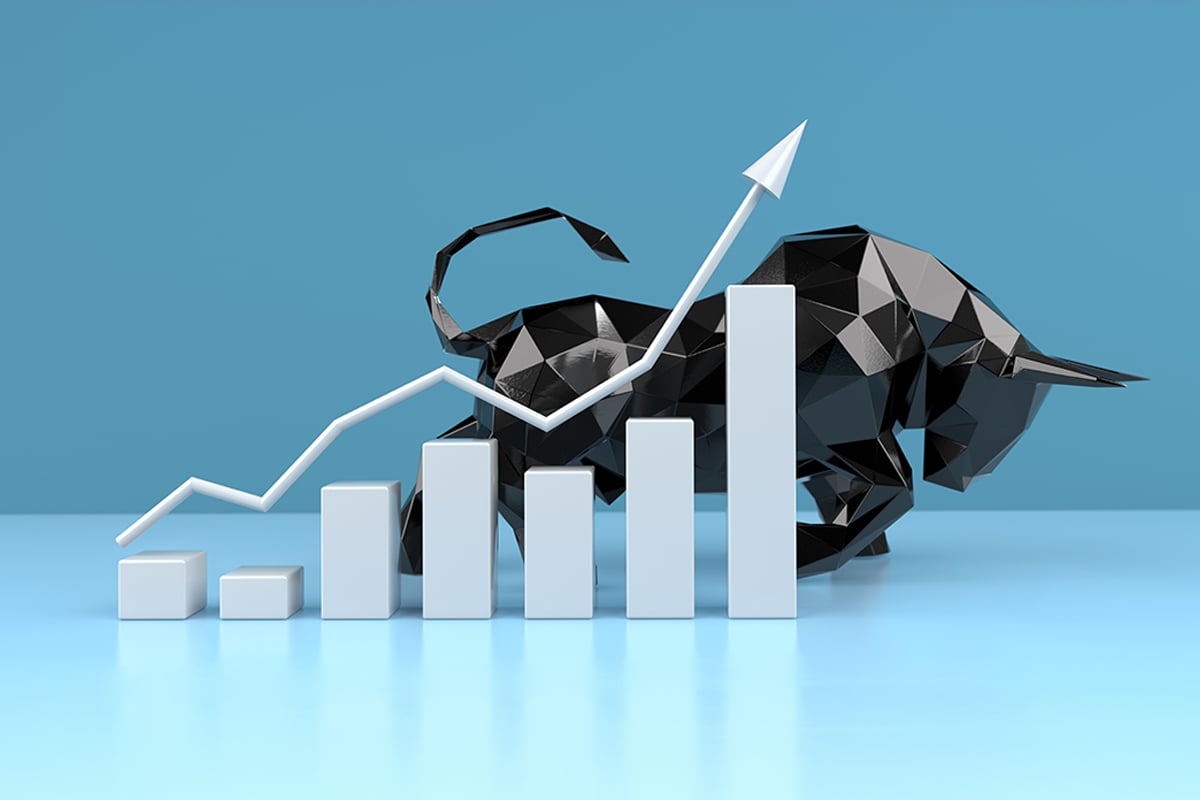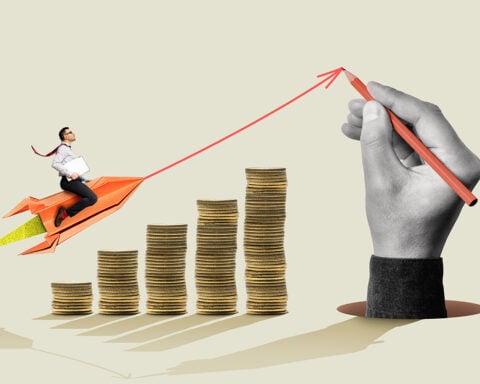The financial sector has once again assumed a bullish outlook.
The S&P 500 culminated in a bull market, demonstrating a 20% climb from its last recorded low on October 12, 2022. This signals the cessation of the bear market that originated in January 2022.
The extensive index was propelled by substantial improvements in significant technology stocks, settling at 4,293.93 and breaching the demarcation between a bear and a bull market. This implies a period characterized by escalating stock prices and a sanguine attitude on Wall Street. Investors are eager to buy: on Thursday, CNN’s Fear and Greed Index registered “Extreme Greed.”
Markets have displayed remarkable tenacity in the previous nine months. Sectors such as tech and media, underperformed in 2022, have shown signs of recovery following a tumultuous year, banking on an upturn in their respective industries.
The ascension of AI has invigorated interest in tech stocks, a dominant component of the S&P 500. After a challenging period for major tech companies, the introduction of ChatGPT has rejuvenated the AI scene in Silicon Valley. Investors are placing significant wagers on tech giants like Google, Meta, Apple, Amazon, Nvidia, and others, hopeful of their potential to instigate a new tech revolution through artificial intelligence.
In recent times, markets have gathered pace, presumably due to the resolution of the debt ceiling crisis, anticipation of a Federal Reserve decision to halt rate increases at the June meeting, and a consecutive series of robust economic indicators.
Although these developments bode well for the economy, experts worry that the rally might be ephemeral and could leave investors reeling. Inflation continues to linger uncomfortably high. While job creation persists in the US economy, the pace is slackening. Consumer spending remains steady, but discretionary purchases such as apparel are being replaced with necessities like food and leisure activities.
This needs to augur better for enduring market success.
Sameer Samana, Senior Global Market Strategist for Wells Fargo Investment Institute, remarked to CNN, “We’re very late in the economic cycle that’s starting to slow and probably heading for a recession later this year.” He noted that bull markets typically coincide with economic expansions, not contractions.
Despite this, since the last bull market, we’ve endured a European war, a banking crisis, and a debt crisis, among other challenges. The needs are venturing into unexplored territories, and even though a booming Wall Street concurrent with an economic recession would be unprecedented, Samana states, “In this market, you never say never.”
The ‘Duck Market’ According to Kevin Gordon, Senior Investment Strategist at Schwab, the current scenario transcends the simple binary of bull and bear markets. He has coined the term “duck market” to describe the situation where stocks appear serene on the surface, but there is significant activity beneath.
Mega-cap tech and AI companies are experiencing significant growth and supposedly “resolving” the market’s issues, while cyclical and smaller businesses are floundering.
The S&P 500 is value-weighted and top-heavy, meaning a few primarily tech-focused companies can elevate the index despite struggles among most stocks.
Morgan Stanley Wealth Management’s Chief Investment Officer, Lisa Shalett, said, “Exuberance around artificial intelligence, coupled with a resurgent US dollar, has led to extreme divergence and concentration risk in the main stock indexes. Such narrowness is not the basis for new bull markets.”
The takeaway: Investors should avoid interpreting this as a new bull market, advises Samana. “Maintain a clear perspective on what this is – an enticing bear market rally.”
Investors should utilize this shift to trim down portfolio components they’ve intended to shed instead of pursuing the tech companies that have spurred this upward trend.
All Eyes on the Fed The continuation of the bull market will largely hinge on the Federal Reserve’s interest rate policy decision next week, suggests Sam Stovall, Chief Investment Strategist at CFRA.
Stovall notes that since 1989, when the Fed initiated changes in the Fed funds rate, there have been 16 instances during rate-hike cycles when the Fed either abstained from raising rates or terminated its rate-hiking scheme.
Post such instances, the S&P 500 has seen an average rise of 3.6% and recorded a price gain 88% of the time.
“Assuming the Fed refrains from hiking rates in June, historical evidence suggests, but does not assure further market upside potential,” he said.
While signs of a bull market are emerging, investors are advised to proceed cautiously. Significant technology and AI stocks are at play, driving the current rally, while many more minor and cyclical businesses face challenges. A critical determinant will be the Federal Reserve’s interest rate policy decision, which has historically impacted market performance. As the financial landscape evolves, investors should remain adaptable, focusing on maintaining a balanced portfolio that can withstand potential economic fluctuations.







